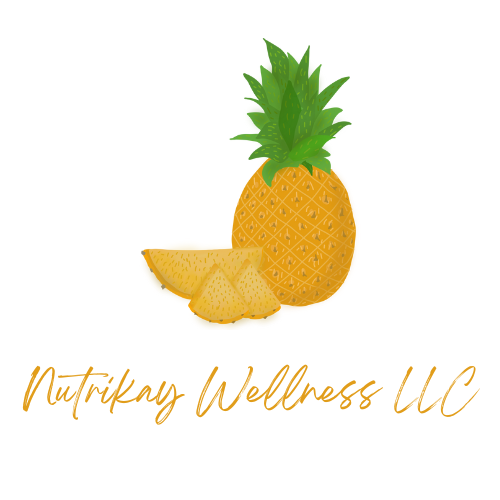How Much Protein Do You Really Need Each Day?
Protein has become one of the most talked-about nutrients in the wellness world — and for good reason. It’s an essential macronutrient that plays a key role in muscle repair, immune function, hormone production, and fullness. Including protein at each meal, alongside carbohydrates and healthy fats, helps create balanced, energizing meals that support your overall health.
However, with all the messages circulating on social media, in gym culture, and across food marketing campaigns, it can be challenging to determine exactly how much protein you actually need. So, let’s cut through the noise and look at what the science says.
What The Science Says
The Recommended Dietary Allowance (RDA) for protein is 0.8 grams per kilogram of body weight for the average healthy adult. In terms of calories, the recommendation is that 10% to 35% of your daily calories should come from protein. However, that number is designed to prevent deficiency, not necessarily to help you feel your best, build strength, or support healthy aging.
Your protein needs can vary based on activity level, age, and personal goals. Here’s a general guide:
Population Protein Range (g/kg) Example (g/day)
Sedentary adult 0.8 g/kg ~55 g/day
Active adult 1.2-1.6 g/kg 80-110 g/day
Strength athlete 1.6-2.0 g/kg 110-135 g/day
Older adult 1.0-1.2 g/kg 68-82 g/day
To calculate your protein RDA, multiply your body weight in kilograms by 0.8.
For example, if you weigh 70 kilograms, your protein RDA is 56 grams (70 kg x 0.8 g/kg).
Source: American Heart Association — Protein and Heart Health (2017)
Want to estimate your needs more precisely? Try the USDA Protein Needs Calculator.
Best High-Protein Foods
When adding protein to your diet, aim to get it from whole foods whenever possible. Protein powders or shakes can be convenient, but whole foods provide additional nutrients, fiber, and health benefits. Strive for a variety of both plant-based and animal-based sources to get a complete range of amino acids and micronutrients.
Examples of protein-rich foods:
3 oz chicken, turkey, or salmon → ~25 g
1 cup Greek yogurt → ~15 g
½ cup cooked lentils → ~9 g
2 eggs → ~12 g
½ cup tofu → ~10 g
2 Tbsp peanut butter → ~8 g
Including protein at every meal can also help maintain stable energy levels and support muscle recovery after workouts.
When And How To Eat Protein For The Best Results
Your body can only use so much protein at once, so spacing it evenly throughout the day is key. Try to include 20–30 grams of protein per meal and add small portions of protein-rich snacks if needed.
After a high-intensity workout, it’s especially important to pair carbohydrates with protein for optimal muscle recovery.
For example:
Breakfast: Greek yogurt with fruit and granola
Lunch: Quinoa bowl with beans, veggies, and grilled chicken
Snack: Apples with peanut butter
Dinner: Salmon, roasted vegetables, and brown rice
Balanced, spaced-out meals not only support post-workout recovery but also keep you full longer, helping with mindful eating and blood sugar balance.
Common Protein Myths - Debunked
There’s plenty of confusion around protein, especially on social media. Here are a few myths I often hear, and the truth behind them:
“More protein automatically means more muscle.”
Your body can only use a certain amount - after that, extra calories are just stored like any other nutrient. This is why it’s important to space out your protein needs and not overconsume.
“You can’t get enough protein on a plant-based diet.”
With foods like tofu, tempeh, lentils, quinoa, nuts, and edamame, it’s absolutely possible to meet your needs without animal products.
“Too much protein damages your kidneys.”
For healthy individuals, moderate-to-high protein intakes are safe. However, people with kidney disease should consult a healthcare professional.
Takeaways
Protein is essential, but balance matters most. Focus on building meals that combine protein, carbohydrates, healthy fats, and fiber to support your energy, muscle health, and gut well-being.
If you’re unsure how much protein you’re currently getting, try using the USDA Protein Needs Calculator, or sign up for a 1:1 nutrition counseling session to get personalized guidance.
Remember: your nutrition should feel sustainable, not stressful. A balanced, food-first approach is the foundation of long-term wellness.
